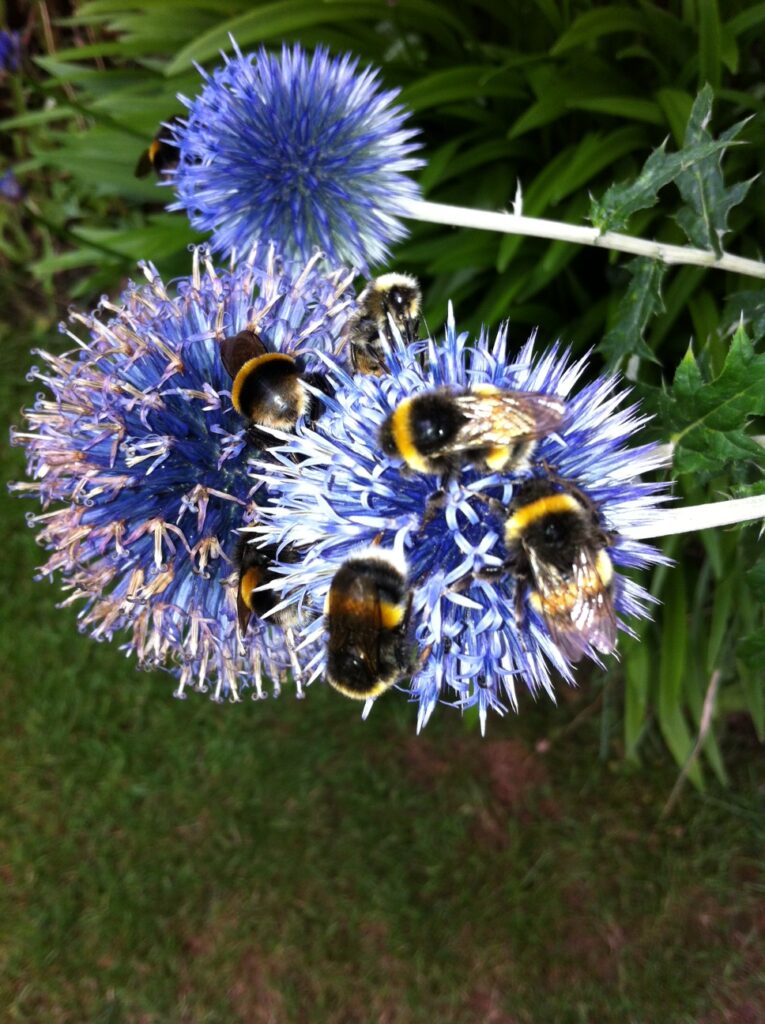Dear Toby,
Congruence – To bring harmony, agreement and compatibility. This mid-week article is about how to bring congruence to the different elements of your mind.
After an enjoyable Greenworld Meditation Workshop last Sunday, there is a chance for anyone who wanted to come but could not to come along this Sunday, 2nd March for the second date!
Also on Sunday is the Introduction to Walking Meditation Workshop, registration for this will close on Thursday evening.
Finally, date for your diary I will be doing the Meditation and Mindfulness For Developing a Mind of Ease, Relaxed Concentration and Positive Intention on Saturday April 5th at the Reiki Centre.
Yours in the spirit of inner congruence,
Toby
Bringing Congruence to the Mind Through Meditation – Three Ways
 Imbalanced, fragmented, confused. Does that ever feel like the state of your mind? Here are three meditative methods to bring your mind from fragmentation to a state of relative balance and unity through meditation:
Imbalanced, fragmented, confused. Does that ever feel like the state of your mind? Here are three meditative methods to bring your mind from fragmentation to a state of relative balance and unity through meditation:
- Still your mind
- Focus on one thought or image
- Allow it all to be there
1. Still your mind – When your mind is still, all of its disparate parts start to come back into balance and settle naturally. If you can still your mind, you may not solve anything externally, but you will bring the different parts of your mind back into congruence with each other, and so when you do go back to your life you will do so with a new experience and perspective. One simple technique to still your mind is simply to sit still and focus your sensory awareness on the physical stillness of your body. By being physically still and focusing on that, you find that after a time your mind starts to become still through its attention to the body. Once your mind becomes still in this way you can then switch your focus from the stillness of your body to the stillness you feel within your mind, which you can now see and feel clearly.
2. Focus on one thought or image – Use one thought, image or even a physical object as your point of focus. By anchoring your attention to it, the other elements of your mind can ‘swirl’ around it, and gradually come back into balance simply as a side product of you placing your attention on one thing and letting everything else ‘even out’.
3. Allow it all to be there – Simply sit with everything in your mind without trying to focus, control or judge it. This technique involves gaining control and congruence within your mind by abandoning all attempts to control it. Simply sit and watch it, be with it without feeding any of it. The by-product of this allowing is that once more the different elements of the mind gradually come back into congruence and balance with each other.
None of these practices ‘solves’ anything, but by bringing congruence to your mind they enable your natural intelligence to function freely, and encourage you to have confidence in your own natural capacity to bring your personal best to the challenges you face each day.
© Toby Ouvry 2014, you are welcome to use or share this article, but please cite Toby as the source and include reference to his website www.tobyouvry.com




 Four Types of Deep
Four Types of Deep
 Trusting the Random
Trusting the Random 
 The 20 Second Rule – Guerilla Tactics for Peace of Mind and Wellbeing
The 20 Second Rule – Guerilla Tactics for Peace of Mind and Wellbeing